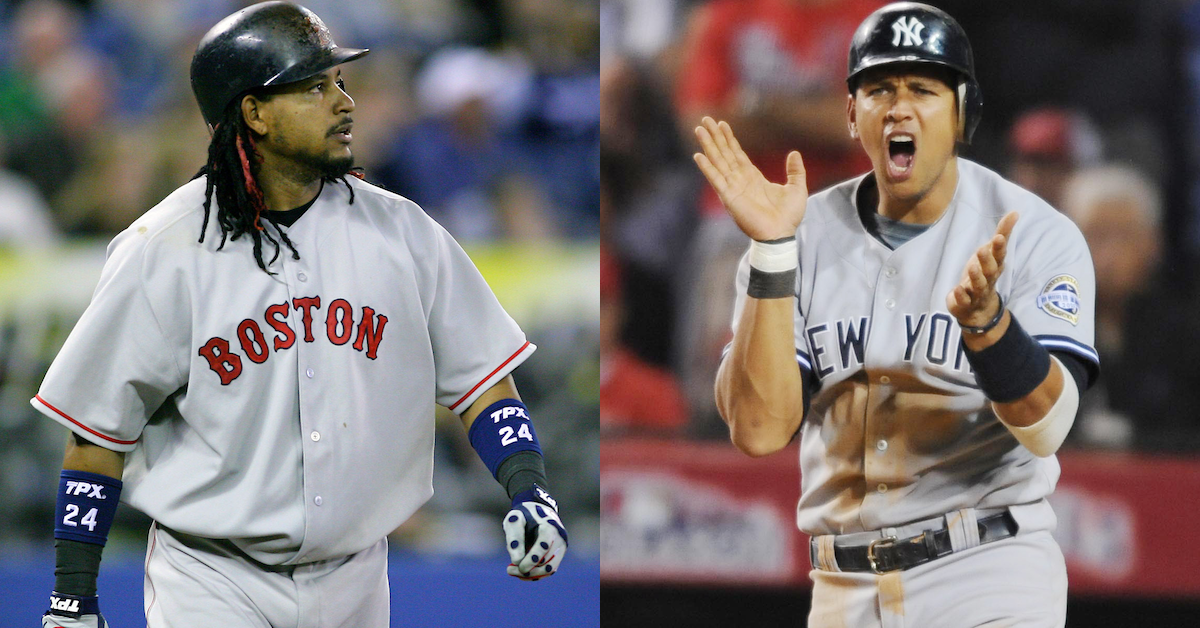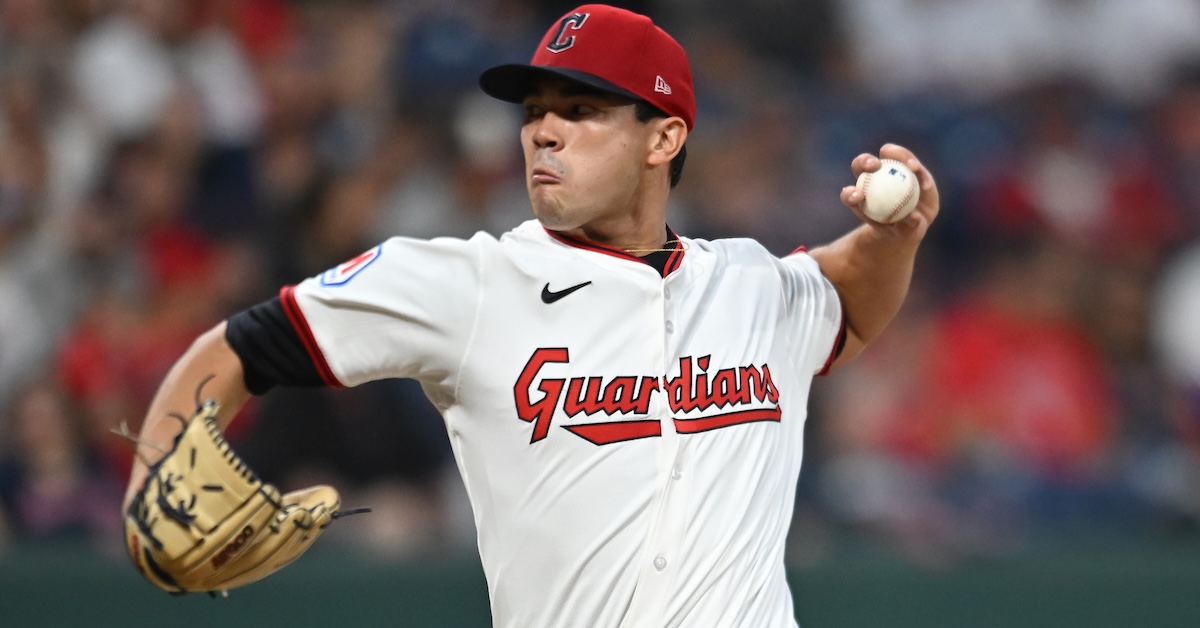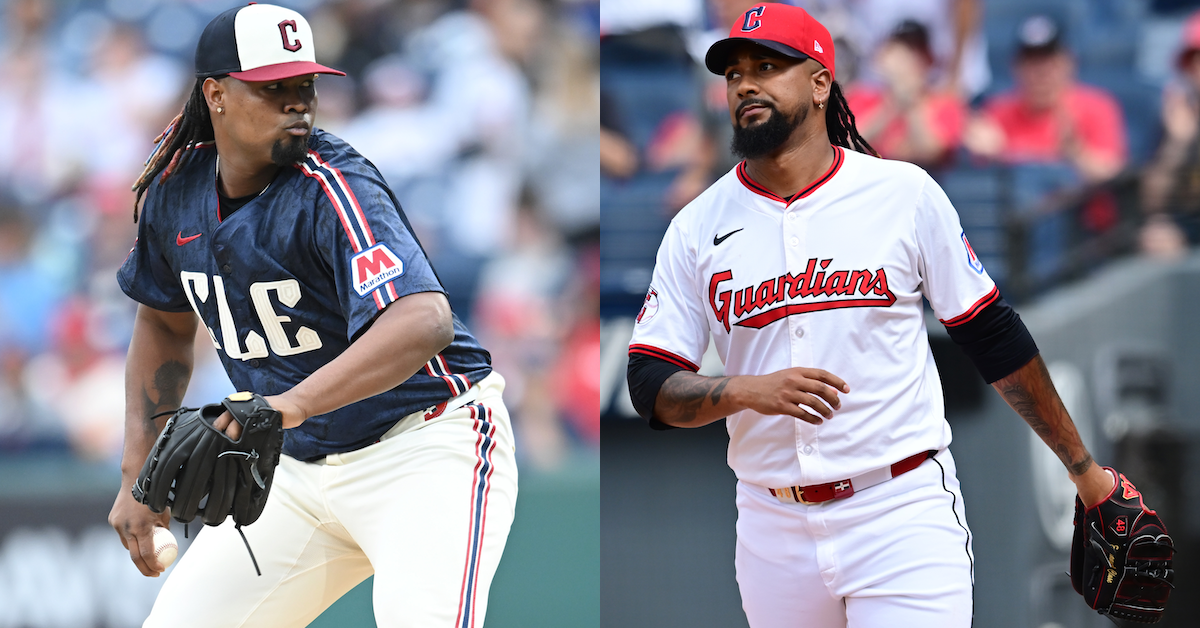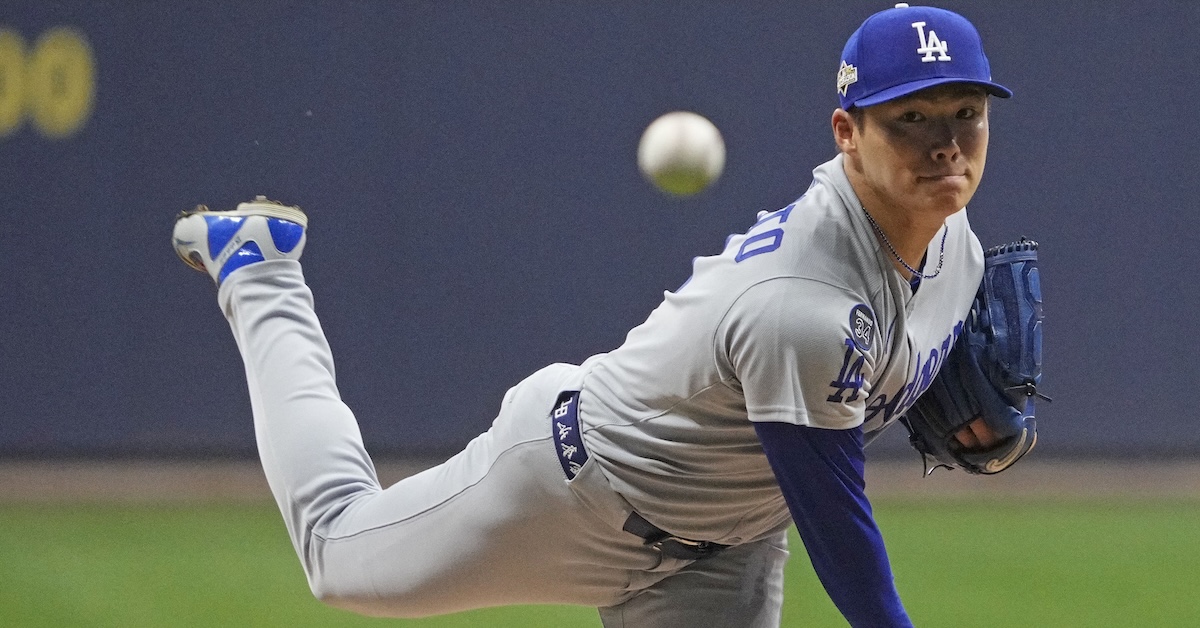Baseball Technology Fellow
Primary Purpose
The Cleveland Guardians Fellowship program is designed to accelerate the pace of development and impact for people interested in working for our organization. Fellowship roles are focused on solving complex challenges, which involve developing innovative approaches, tools, and techniques to meaningfully drive the organization forward. Fellows will be exposed to work across multiple departments and have access to and be encouraged to use a suite of internal, proprietary resources.
The Cleveland Guardians Fellowship program is all about fostering your growth and making an impact within our organization. As a fellow, you’ll take on real challenges and come up with creative solutions that help move us forward. You’ll get to work with different departments across the organization, gaining hands-on experience and using some of our exclusive, in-house tools. It’s a great chance to dive in, learn, and make a difference!
We are seeking Fellows to join our Baseball Technology department. Each Fellow will work full-time with one of our minor league affiliates (Columbus, Akron, Lake County, Lynchburg, and Arizona Complex) and report to the Baseball Technology, Player Development, and Baseball Operations departments. Fellows will be expected to manage the collection of multiple data streams and operate as a resource for both coaches and players. This position will include travel to away games.
We’re looking for someone who’s curious, creative, and open to new ideas—someone who loves working in a team setting. You should be comfortable communicating with others, building solid relationships, and explaining complex ideas in a way anyone can understand. You’ll also have the opportunity to take the initiative and perform research in the area of your choosing that helps push forward the Guardians’ approach to player development.
Essential Duties & Responsibilities
Baseball Technology:
- Operate and maintain bat/ball tracking systems and emerging sports science technologies.
- Manage pre-game, in-game, and post-game video processes.
- Manage the corresponding data and video collection process and assist with interpretation & distribution.
- Assist the Information Systems team with Baseball Technology related troubleshooting and support.
Coaching Staff Support:
- Support Minor League field staff with Advance Scouting Process.
- Assist affiliate staff with various administrative tasks (i.e. daily scheduling, team travel).
- Assist Minor League field staff with pre-game activities.
Baseball Development and Analysis:
- Collaborate with coaching staff, Player Development, and Baseball Operations to monitor player goals and player progress.
- Perform ad hoc research and analysis, both at the request of staff and independently.
- Communicate findings and insights to Minor League Coaches, Players, and Player Development and Baseball Operations Departments.
Education & Experience
At the Cleveland Guardians, we are all about creating an environment that brings out the best in everyone. It is a big part of who we are, how we compete, and how we make an impact in our community. We want every employee to feel like they truly belong here.
We also know that people sometimes hesitate to apply for jobs unless they check every single box on the qualifications list. We are looking for the best person for the job, and we know that you might bring skills and experiences that are not exactly listed but could be a huge asset to our team. So, if this role excites you, we encourage you to apply, even if you do not meet every single qualification.
- Bachelor’s degree or Prior Professional Experience.
- Demonstrated passion for at least one of baseball technology, scouting, baseball analytics, sports science, hitting or pitching analysis and/or biomechanics, strength and conditioning, motor learning, or other baseball/softball related field.
Job Skills
- Organization: Ability to create, maintain and execute a schedule effectively.
- Work Ethic: A relentless drive to collect more and better information.
- Passion: Demonstrate a clear passion for the game, teammates, the organization, and learning.
- Resourcefulness: Utilize organizational resources to develop and understand organizational philosophies.
- Strategic Thinking: Employ a problem-solving mindset and strategic thinking.
- Time Management: Ability to prioritize in a fast-paced environment.
- Collaboration: Partner with staff and players and exhibit excellent written and verbal communication skills.
Preferred Experience
While we are looking for a variety of diverse skill sets for this role, we know that past Fellows who have thrived in this role possessed certain skills that are best aligned to the game of baseball. If you have demonstrated experience with any of the following, you may be better positioned to thrive in this role.
- Conversational Spanish or better a plus.
- Experience with video editing software a plus.
- Experience with SQL and statistical software (i.e. R, Python, Stata, SAS) a plus.
- Proficiency with Microsoft Office.
- Working knowledge of advanced baseball statistics and publicly available research.
About Us:
In Baseball Technology, our shared goal is to identify and develop diverse players and front office teammates who contribute to our mission. By working together effectively and collaboratively, we create a family atmosphere that supports learning as we strive for excellence in everything we do. We believe that we will achieve our goals by making evidence-based decisions and creating environments that support our people and empower them to learn.
To Apply
To apply, please follow this link.
The content in this posting was created and provided solely by the Cleveland Guardians.







